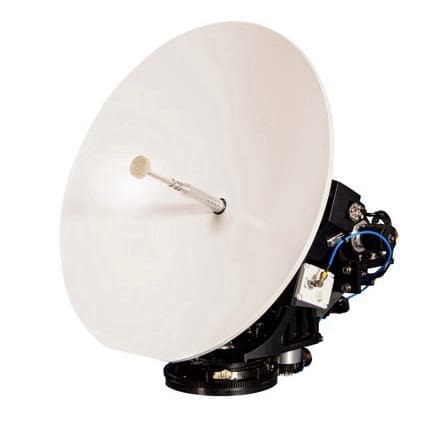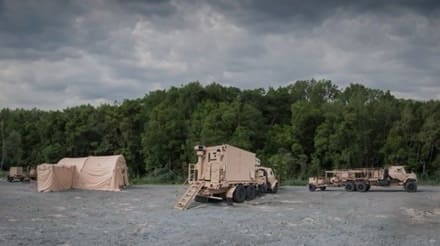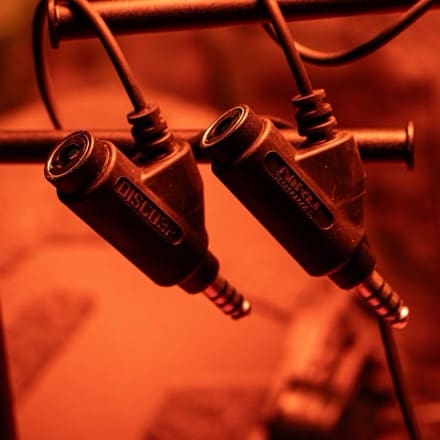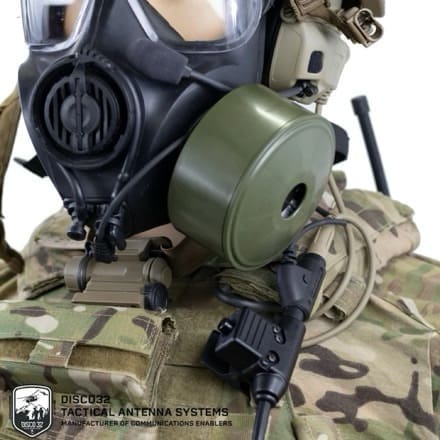
July 31, 2024 – Orbit Communication Systems Ltd., a leading provider of airborne communication solutions, announced today a milestone collaboration with Viasat Inc., a global leader in satellite communications, for the engineering and supply of advanced satellite communication (SATCOM) Multi-Purpose Terminals (MPT) for airborne platforms. This work is expected to significantly enhance performance and access for Viasat customers across diverse satellite networks, simplifying connectivity management.
When available, Orbit will introduce next-generation airborne SATCOM systems that will seamlessly integrate across Viasat’sglobal Ka-band networks, which include the next-generation high-capacity ViaSat-3 network and the advanced Global Xpress (GX) network. These systems are designed to work with military Ka-band HCX steerable beams and are defined as WGS readyterminals. The innovative MPT systems consolidate network capabilities, allowing seamless switching for users.
The agreement includes delivery of 12″ / 30cm and 18″ / 45cm airborne terminals for military and government use, utilizing dual polarization and supporting the entire 3.5 GHz of Ka-band frequencies for high-speed data transmission and robust connectivity in dynamic environments.
These systems are designed to support multiple networks, including various types of Viasat satellites. This flexibility will help increase resilient connectivity for customers with a simple, multi-network terminal capability that supports military operational needs.
Daniel Eschar, CEO of Orbit Communication Systems, stated, “We are immensely proud to be working with Viasat to supply the next generation of satellite communication systems, which will pave the way for connectivity with cutting-edge satellites boasting exceptional performance. This marks a significant achievement for our collaboration with Viasat, a major leader in the satellite services sector, serving military, government, and commercialclients. These systems will redefine airborne communication, ensuring seamless integration with advanced satellites.”
Steve Gizinski, Chief Technology Officer of Viasat Government, added, “We’re excited by Orbit’s technological capabilities and their continued collaboration in developing flexible terminals to support government needs. The terminals delivered through this effort will allow customers to access Viasat’s expanded services and support demands for reliable and resilient connectivity worldwide.”
About MPT – Multi Purpose Terminal
The Multi-Purpose Terminals (MPT) terminals support the ‘everywhere, all-the-time’ coverage requirements of military airborne users. They also allow government users to roam between commercial Ka-band and Mil-Ka services.
The terminals can be installed on a range of mission aircraft, rotary wing and uncrewed aerial vehicles (UAVs). They comply with industry standards, including MIL-STD-188-164C, RTCA DO-160G, Federal Communications Commission (FCC) and European Telecommunications Standards Institute (ETSI). They are compatible with military satellite systems, making them an ideal choice for government airborne Intelligence, Reconnaissance, and Surveillance (ISR) applications.





















































































































